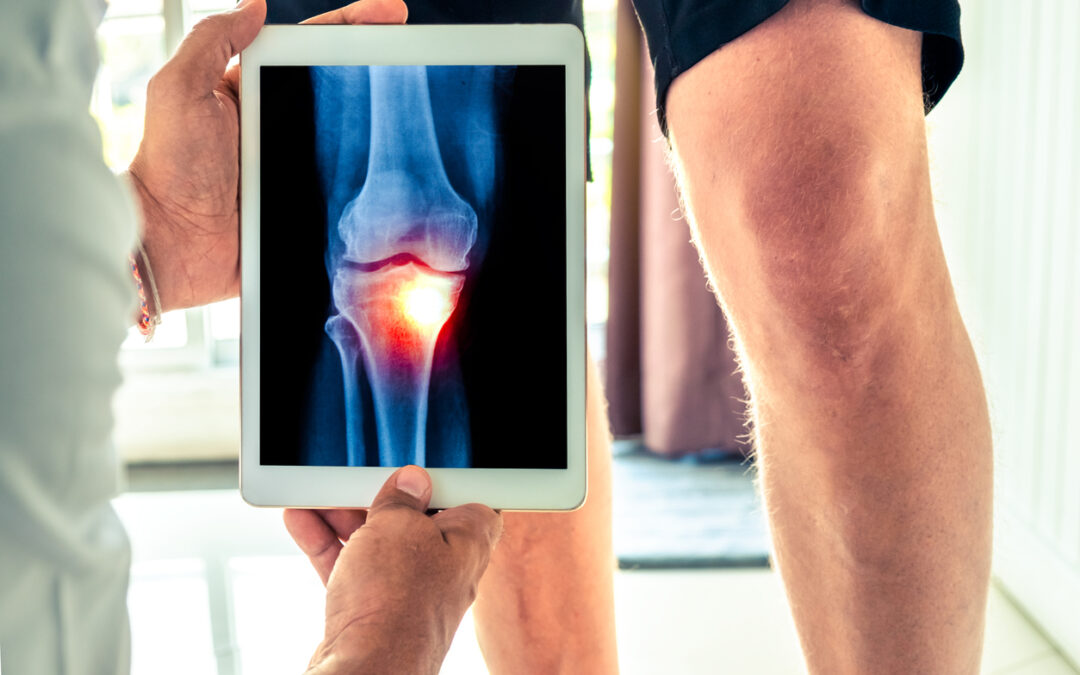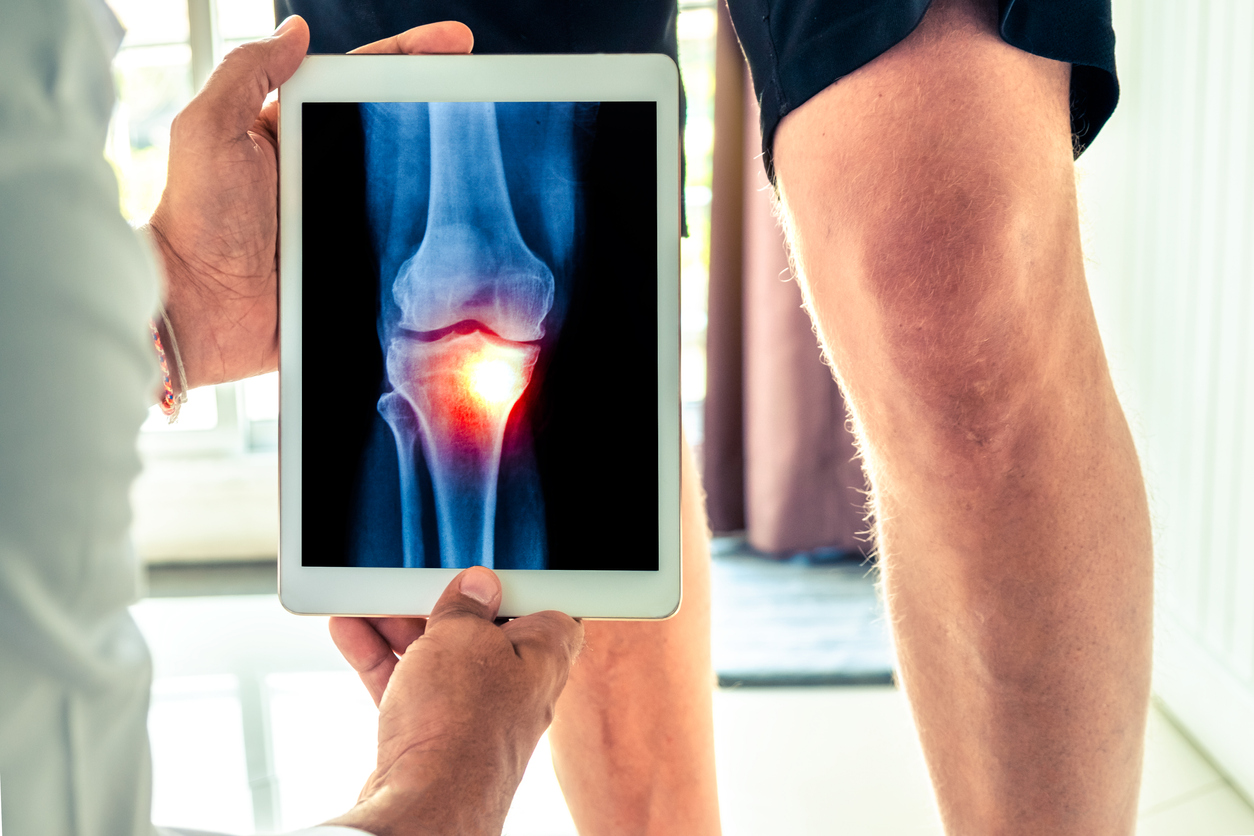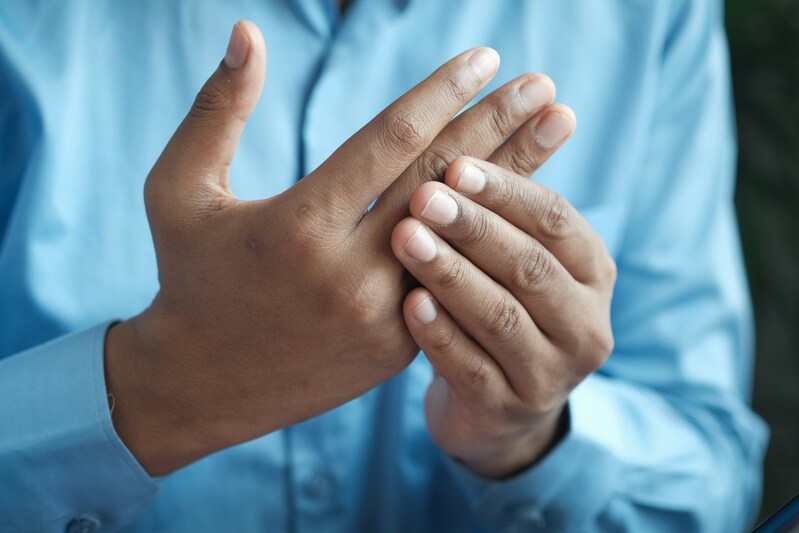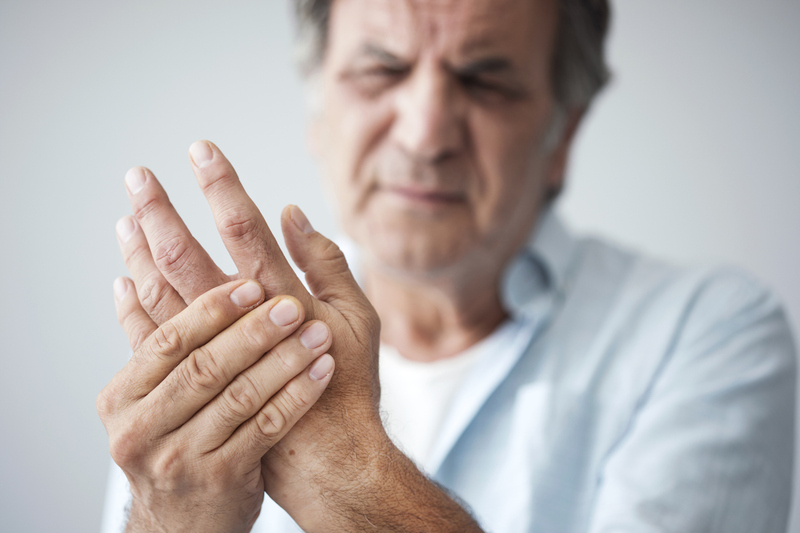
by mobilityplus | 11th Oct, 2019 | Arthritis
 Living with arthritis can make day-to-day tasks, like cooking and communicating, more complicated and painful. But it doesn’t have to be the case. With simple home adjustments, you can make every day living easier.
Living with arthritis can make day-to-day tasks, like cooking and communicating, more complicated and painful. But it doesn’t have to be the case. With simple home adjustments, you can make every day living easier.
Arthritis inflames your joints and can cause pain. It’s a common condition that can affect anyone: any gender and any age. Some of the most typical areas that arthritis occurs is in the hands, knees and spine.
Typing on your phone and reading a new book. These are common tasks that many of us take for granted. We spend hours of our time relishing in this pass time. Yet, for more than 10 million of us these common activities can leave us in unbearable pain.
It’s time to make a change. Taking control of your home technology can help you live more comfortably. Discover our essential tips to give your life the comfortable digital-makeover it deserves.
Changing Your Mobile Phone
There is often a misconception that the elderly is out of touch with technology. Yet in 2017, 39% of over 65s were using smartphones, and that number continues to rise. The device instils independence in individuals who might feel lonely or struggling to cope with an illness, like arthritis.
Having a mobile phone helps to stay in contact with the people you love and keep on top of the stories that you love. All on one piece of equipment. Yet, with technology advancing, companies are producing sleeker phones that are getting smaller and with even fewer buttons. For people with arthritis, this can be a challenge.
Yet, there are alternatives you might not be aware of. Some companies produce phones with large buttons, like the Doro 1360; lightweight phones like the LG K3; or a touch screen phone that comes with a stylus pen to ease your typing, like the Samsung Galaxy Note 8.
Switch Up Your Computer Setup
Arthritis can cause pain in your hands, which can make using the keyboard and mouse problematic. However, there are simple changes you can make for an easier, more enjoyable experience using a computer.
First, look at the positioning of your keyboard and mouse. You should keep them in close distance of you; avoid having to reach too far away.
If the distance and positioning isn’t an issue, and you’re still experiencing pain, you could try using a smaller keyboard or one with compact keys. There are also mouse alternatives: a wrist pen can help relief wrist pain, for example.
To really minimise your pain, try and restrict the amount of time you spend on the computer. Take regular breaks from the screen and exercise your hand muscles to keep the joints strong.
Start Reading Comfortably
Reading a new book can transport your mind to another place. Whether you’re discovering a new topic for the first time, delving into a mystery novel or uncovering the next destination for your family getaway, there’s a book for any occasion.
As we get older, reading can be a great way to pass time whilst exercising the brain. Living with arthritis can make a typically enjoyable experience painful. With weakened and swollen hand joints, holding a book can be tricky. Traditional paper books can be heavy to hold, and pain can incur after holding for too long. Instead, a digital alternative can be easier to hold and carry. Many come with stands, so you don’t have to hold them at all.
Get a Digital Companion
Ease your home living with a voice assisted home device. They can automate a lot of things around the house for more comfortable living. The straightforward voice technology can ease activities that would typically cause pain for someone with arthritis.
Your new digital pet, your personal butler; give the device a command, and it will instantly activate your request. Connect it to other applications or technologies for more seamless living. With a simple good morning hello, it can trigger your central heating to be set at your optimum, the main lights to illuminate and trigger an alert to remind you to take your medication
Digital can transform your day-to-day life. But just because you or someone you love is living with arthritis it doesn’t mean they should shy away from new technology or suffer in pain. Try our simple suggestions for a more convenient and comfortable living with the help of your home technologies. For more expert tips on easing life with arthritis, read our blog on exercises you can do to slow it down.

by mobilityplus | 7th Nov, 2018 | Arthritis

Arthritis affects more people than you may think, but it isn’t always easy to spot.
What is arthritis?
Arthritis is a condition that affects the movement of joints. It describes a pain or swelling in certain areas – typically the hands, spine, knees and hips – that makes everyday tasks more of a struggle. In some cases, joints are so stiff and painful that even the most basic activities become impossible.
When the hands are affected, arthritis can prevent people from writing, fastening buttons, lifting a kettle and opening food containers. In the hips or knees, it can restrict mobility, making it harder to walk, climb stairs, bathe and drive a car.
Around 10 million people in the UK are thought to have arthritis. It’s most common among older people, but both men and women can start to develop symptoms in their 40s. It’s found in younger people, too.
Here are some of the most common signs you should look out for at any age.
What are the common signs of arthritis?
- Stiff joints. A tell-tale early sign is stiffness in your joints, which can make movement more difficult than usual. Your immune system mistakenly sends antibodies to the lining of your joints, where they attack the tissue surrounding the joint, causing swelling and manage to ligaments, tendons, cartilage, and bone.
- Painful joints. Joint stiffness is often followed by joint tenderness during movement or even while resting. The fingers and wrists are the most common parts of the body to experience this kind of pain.
- Red and warm joints. In some cases, skin over inflamed joints can appear red and be warm to the touch.
- Numbness and tingling. In some variations of arthritis, the pressure on your nerves created from the inflamed joints can create an uncomfortable tingling feeling.
- Strained muscles. Muscles overcompensating for sore joints can also become strained, causing further pain.
Can arthritis affect you in other ways?
It’s clear arthritis can affect you physically, causing restricted movement and soreness. But, there are other potential side effects, too.
In more severe cases, the pain caused by arthritis can make you feel nauseous, causing loss of appetite and weight loss.
The condition can also impact you mentally. Symptoms range from one person to the next, but a feeling of fatigue is fairly common, with the associated pain sometimes making it harder to get a good night’s sleep. This can have a knock-on effect on your mental health.
What can you do to relieve arthritis?

If you notice any of the early signs of arthritis, we suggest you contact your GP for medical advice. There are several types of arthritis, so knowing which one you have should be a first step. Although there’s no cure, treatment has greatly improved and there’s a clear benefit to diagnosing it at an early stage.
Certainly, staying active and doing regular exercises can help reduce pressure on your joints while strengthening the surrounding muscles, slowing down the progress of arthritis.
Simple movements you can incorporate into your daily routine include sitting down – in front of the television perhaps – and straightening and bending one leg at a time. This will help keep your knee and ankle joints active and strong.
If that feels OK, then try a few knee squats, too. Simply squat down until your knee is aligned with your big toe and return to standing. Use a chair for extra support.
To target your hands and wrists, grab a tennis ball (or soft stress ball) and firmly squeeze it for up to five seconds at a time. Doing gentle yoga movements for just five minutes a day, including an overhead reach, can also be an easy way to regain strength in your body.
You should take safety precautions before exercising by yourself and speak to your doctor if you have any concerns.

by mobilityplus | 12th Sep, 2017 | Arthritis

Mr and Mrs Eady from Watford looked into changing their old, impractical bathroom due to growing concerns over mobility and safety issues. The couple were very thorough in their research and looked at numerous companies before choosing Mobility Plus to design and install the replacement.
Mr Eady explained: “I was suffering with arthritis and found it increasingly hard to bathe easily or safely. Then one day I got stuck in the bath, and we realised that we needed to act fast and make a change as soon as possible. We contacted various mobility specialists but, after seeing a Mobility Plus bathroom advisor, we decided this was the company to go with.”
Mrs Eady said: “We decided that the whole bathroom was ready for an upgrade, so we would be better to get everything done in one go, and the whole process went very smoothly. Our Mobility Plus surveyor really looked after us and even helped us to choose the accessories we wanted to finish it all off.”
Mr and Mrs Eady decided to have a new easy-access bathroom and, after looking at all the available options, they chose a rimless sliding door shower enclosure from the Mobility Plus Richmond range with safety grab rails, shower seat, easy clean wall and ceiling panels, slip resistant flooring and a new high pan toilet and basin. A smooth, stress-free upgrade was completed within a few days and Mr and Mrs Eady now have a beautiful contemporary bathroom suitable for a lifetime of good use.
Mrs Eady said: “We would recommend Mobility Plus to anyone. They gave us really sound advice and their service was very friendly and efficient. We really love our new bathroom and we can now enjoy a shower again, anytime.”
Choose the right shower for you.
Request your FREE brochure or quote for The Richmond Range, here
Or take a look at our other walk-in showers

by mobilityplus | 6th Sep, 2017 | Arthritis
Part of dealing with and living with arthritis is looking after your body in every way possible. From healthy eating, low impact exercise, drinking plenty of water and getting a regular muscle stimulation therapy to taking a warm bath.

All of these things can help you live with arthritis and make your daily routine that bit easier for you. You might be wondering “how can a warm walk-in bath help me?” Well the answer is simple. The warm temperature promotes blood flow to the affected areas and the pressure on your arthritis is alleviated because of the reduced gravity on the joints. You should take this opportunity to do some basic movements of your joints, this will help to reduce stiffness and encourage your range of movement.
To go one step further, a jet spa is said to ease the pain even more because the jets together with the warmth promotes blood circulation even more. See the Hampton Elite Hydro Spa Walk-In Bath and the Independence Elite Hydro Spa Walk-In bath
For those sufferers of arthritis, getting in and out of the bath can also be a difficult task. That’s why we’ve got a practical yet stylish range of walk-in baths that enable you to enjoy a warm soak safely and with ease. View all the Mobility Plus Walk-In Baths

 Living with arthritis can make day-to-day tasks, like cooking and communicating, more complicated and painful. But it doesn’t have to be the case. With simple home adjustments, you can make every day living easier.
Living with arthritis can make day-to-day tasks, like cooking and communicating, more complicated and painful. But it doesn’t have to be the case. With simple home adjustments, you can make every day living easier.




